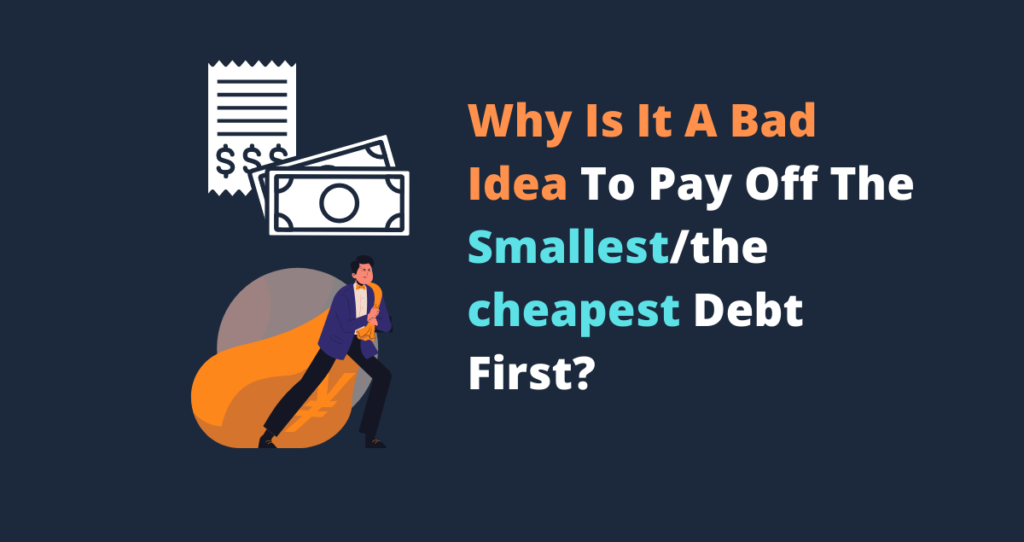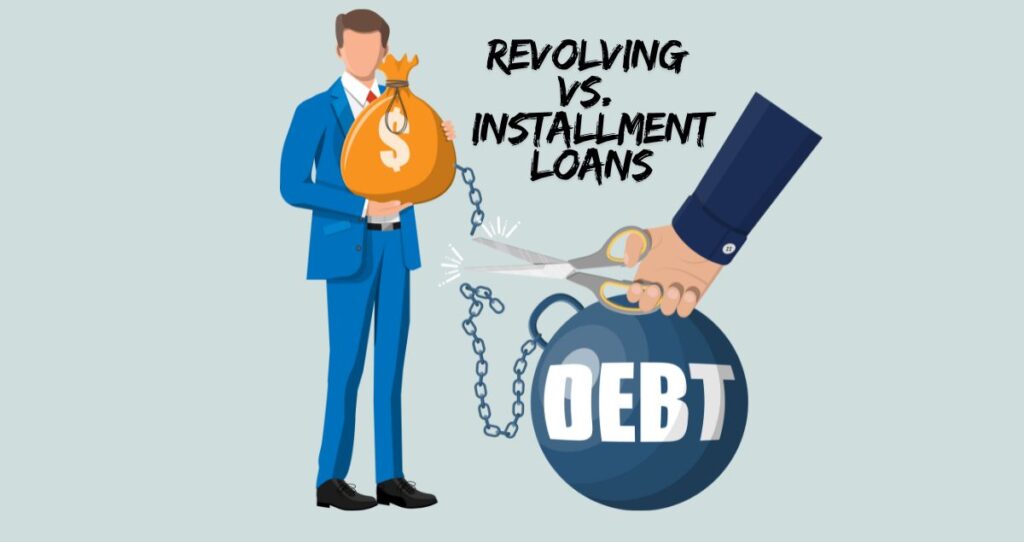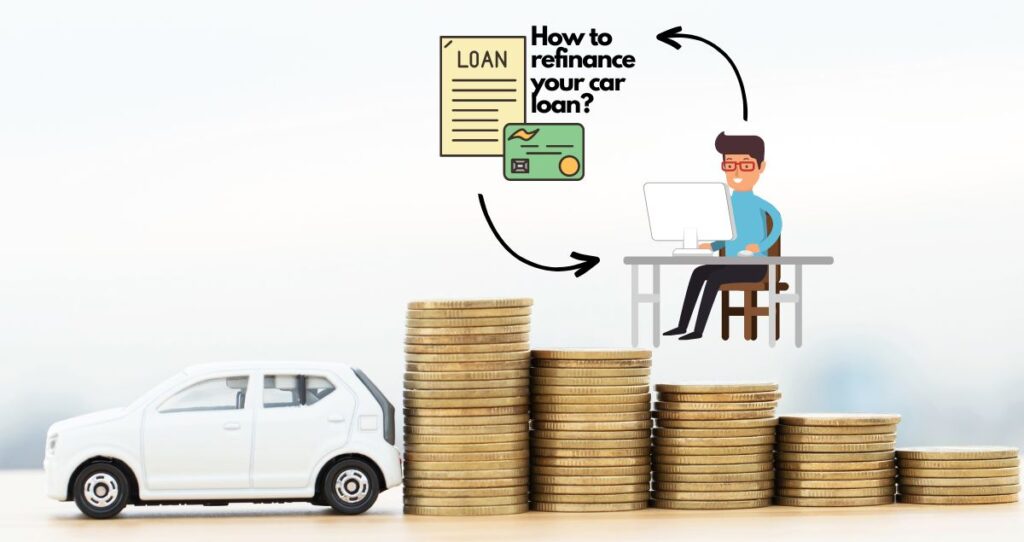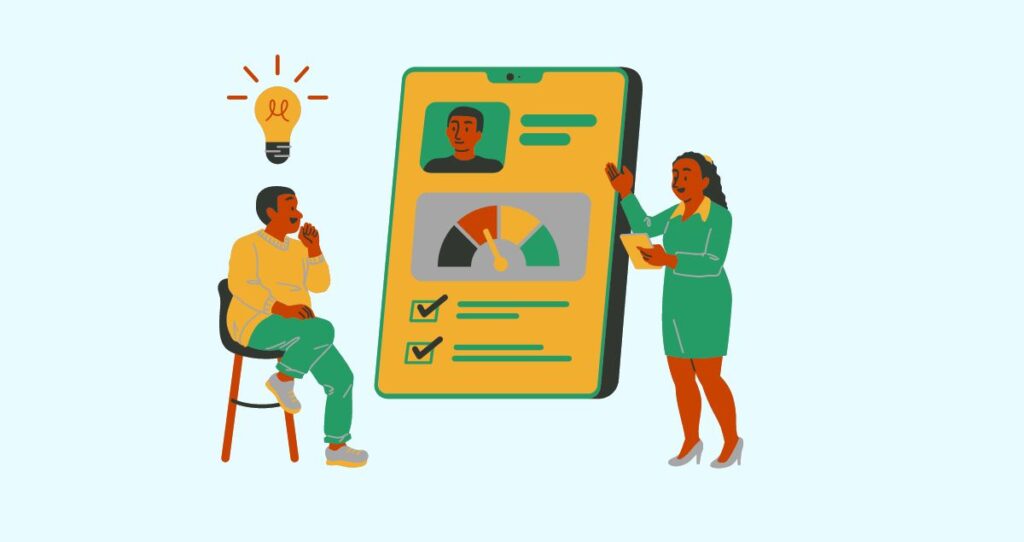If you are looking for ways to reduce your total loan cost, you have to consider the interest rate and APR. The interest rate is the cost of borrowing the principal amount, while the APR is the total cost of the loan, including fees. Both interest and APRs are expressed as percentages. To lower the cost of your loan, you must rely on strategies that lower your interest rate and APR or clever ways to avoid paying off your loan altogether.
Some of the most effective strategies to lower your loan cost include but are not limited to paying off your loan faster, having a good credit score to secure a lower interest rate, refinancing your existing loan, having a lower student loan forgiven, shopping around for cheap loans, and getting some of your fees waived.
In this article, I will show you how to reduce the cost of your loan and save money on interest charges.
Why are interest rates so high?
If you have recently taken out a loan, you are overpaying due to higher interest rates and higher cost of living. Whether it is a student loan, mortgage, car loan, or personal loan, interest rates on these loans have skyrocketed due to high inflation and rate hikes by the Federal Reserve to cope with inflation. Looking for ways to reduce your total loan cost is the only way to save money over the lifetime of your loan.
In this article, I will walk you through different ways to reduce your total loan cost if you have private loans. If you are borrowing, you will learn different ways to lower the cost of borrowing money, including tips to lower interest on the loan. On the other hand, if you have a student loan, I will show you how to get your student loan forgiven.
How can you reduce your total loan cost?
The biggest costs of borrowing money are the interest rate and fees. By lowering these two variables, you can save money over the lifetime of your loan and improve your finances. For example, reducing your loan cost will give you excess cash to fulfill other financial goals, such as investing in your future or increasing your retirement contributions.
Here are different ways to lower your loan cost and save money.
You might also like APR vs. interest rate: What is the difference?
1. Shop around using an online loan aggregator
If you are new to online lending or loan shopping, you probably never heard of the term loan aggregator. An aggregator is an online business that collects information from multiple competing lenders and displays its website. An aggregator helps you lower the cost of your total loan by showing you which lender can give you a lower interest rate and better terms. It is like being able to compare multiple lenders at the same time.
Some of the best online loan aggregators include Fundera, Credible, and iMoney. Any of these platforms and many more can help you compare different lending companies and show you which ones will cost you less on your loan.
What is good about an aggregator is that they can also give you a pre-approval letter that includes the interest rate and loan terms. A pre-approval letter results in a soft inquiry but does not affect your credit score. However, if you get approved for the loan, your lender will pull your credit profile, resulting in a hard inquiry. A hard inquiry will drop your credit score by 5 to 6 points, which you can recover in a few months if you use your credit accounts responsibly.
2. Use an online calculator
Besides using an aggregator, another option to lower the cost of your loan is to use an online loan calculator. While the calculator will not lower your interest rate directly, it will show you where you stand given your financial situation. After putting information in the calculator, you will know if you are ready to borrow or need to improve your credit before taking out a loan.
For example, if your credit score is bad, the calculator will show you how much interest you should pay. If the interest is too high and unaffordable, you can rebuild your credit and improve your credit score to improve the odds of securing a lower interest rate.
3. Improve your credit score to qualify for a lower interest rate
One of the most effective ways to reduce the total cost of your loan is to have an excellent credit score. Most lenders prefer Super-Prime borrowers. You are a Super-prime borrower if your credit score is between 720 and 850, according to the Consumer Financial Protection Bureau(CFPB). Depending on the loan you want, your lender might require a credit score that is higher than 720 to qualify for a lower interest rate on the loan. Many lenders are happy with a 740 credit score, but having a 780+ score makes life easy for you.
The higher your credit score gets, the lower the interest rate you will pay. Paying a lower interest rate automatically reduces your total loan cost, saving you money over the loan’s lifetime. Why do lenders give you competitive rates when you have an excellent credit score?
Because a higher credit score means you are a low-risk borrower. This means you pay your bills on time, respect the terms of your loan, and, more importantly, are a responsible borrower. For this reason, improve your credit score by paying a lower interest rate to lower the borrowing cost.
Learn more:
- How can you get an 800 credit score the easy way?
- What factor has the biggest impact on credit score?
4. Find a lender who can waive some of the fees
To lower the cost of your loan, you have to bargain almost everything. Fees are some of the biggest costs you will encounter when taking out a loan, and it is beneficial to negotiate some of these fees.
Loan fees usually include closing fees such as application fees, origination fees, title search fees, etc. Most lenders also have late fees, payment processing fees, overdraft fees, pre-payment penalties, and more. To reduce the cost of your loan, negotiate some of these fees. Remember that not every lender will agree to lower your loan fees. But, if you can find a motivated lender, some of these fees can be waived to lower the cost of your loan.
5. Pay off your loan early
To reduce your total loan cost, pay it off fast. By paying off your loan fast, you save money on interest. This is the simplest way to slash your loan cost in half or more. But make sure your lender does not charge a prepayment penalty.
Some lenders charge a penalty when you pay more than the necessary payments in any given period. This usually happens for mortgages and similar loan types. But, if paying off your loan faster saves you more money than you are paying in penalty, making extra payments will make all the difference.
Related posts:
- How to pay off your mortgage faster?
- What debt should you pay off first to raise your credit score?
- How long does it take to improve credit after paying off debt?
6. Refinance your loan
If you are currently paying too much interest on your existing loan, the best way to lower the cost of your loan is to refinance it. Refinancing a loan means replacing it with another loan with a lower interest rate and favorable terms. Since the terms of your loan change and you get a lower interest rate, you also end up with different monthly payments.
Refinancing your loan to lower its cost is beneficial when the interest rate has decreased after taking out the loan. You could also lower the cost of your loan if you qualified for an expensive interest rate due to having bad credit but had rebuilt it. By getting a cheap loan rate, you pay less interest charges, saving you money over the lifetime of your loan.
For example, if you live paycheck to paycheck, it will be reasonable to refinance your loan. Before you refinance, however, make sure you will be saving money. The new loan will come with an origination fee and other closing costs ranging from 3% to 5% of your loan balance. Shop around and get a quote to see if refinancing is a great option to lower the cost of your loan.
Related posts:
- Can I refinance if I am in foreclosure?
- How to refinance your car loan?
- How to refinance your student loan: Easy guide
7. Have your federal student loan forgiven
While your mortgage or car loan won’t be forgiven, your student loan can easily be forgiven if you meet the requirements. And there is no better way to lower the cost of your loan than not paying it off. So, how do you avoid paying off your student loans?
Well, it depends on the type of student loan you have. Only government student loans can be forgiven; you must still meet the minimum requirements. The government has many student loan forgiveness programs that you can qualify for and lower the cost of your loan. If you want to apply for a student loan forgiveness program, do not refinance it, as it will turn your loan into a private loan and disqualify you from any government loan forgiveness program.
According to the U.S. Department of Education, the minimum requirements to qualify for the Federal Student Loan SAVE Plan Forgiveness are as follows:
- You must be enrolled in the SAVE Plan
- You must have been making payments for at least 10 years, and you
- Must have originally taken out $12,000 or less for college.
If you borrowed more than $12,000 in student loans, your student loan will be forgiven after an additional year of payments for every $1,000 you borrowed above the $12,000 mark. For more information, refer to the U.S. Department of Education’s full report for the $1.2 Billion in SAVE Plan Forgiveness.
Other ways to have your student loan forgiven
Even if you don’t qualify for the $1.2 billion in SAVE Plan Forgiveness, there are other ways you can have your student loan forgiven. One way to have your student loan forgiven is through the Public Service Loan Forgiveness (PSLF). Your remaining balance of a Direct Loans can be forgiven if you have made an equivalent of 120 qualifying monthly payments while working a full-time job at a qualifying employer, according to Federal Student Aid.
Qualifying jobs include being a government employee, working for a nonprofit organization, or a teacher. Nurses and medical professionals can also qualify for the PSLF loan forgiveness if their employer qualifies as a non-profit and they have Direct Loans.
8. Try a deed-in-lieu of foreclosure
If you are facing foreclosure and all other options have been exhausted, try a deed-in-lieu of foreclosure. A deed-in-lieu of foreclosure means you surrender the house to the bank in exchange for the lender agreeing to cancel the remaining debt balance or to avoid foreclosure.
The lender must approve you for the deed-in-lieu of foreclosure, and you must have proof of financial hardships. Usually, lenders require proof of a job loss or similar financial mishaps and a hardship letter. Facing the risk of foreclosure also helps justify your financial hardships. This means you missed many payments and have no alternative you qualify for other than a deed-in-lieu of foreclosure.
More loan tips
Mortgage refinance: How do you refinance a mortgage?









